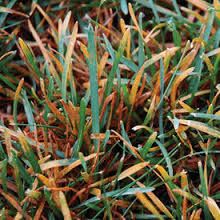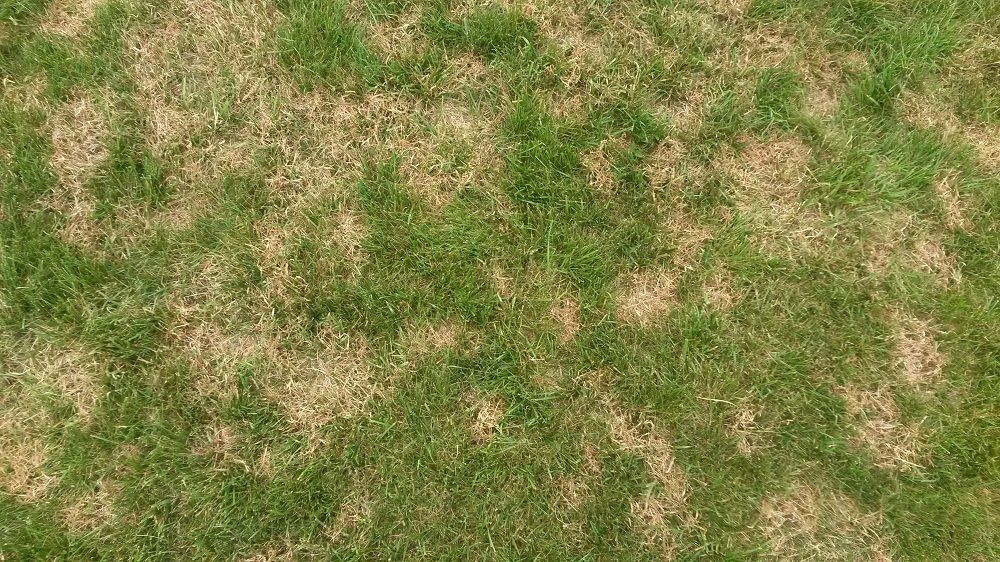All about your Lawn...
Your Mower
Your lawn mowing equipment plays a major role in growing a healthy lawn. Things like the type of mower you use, the height of the mower blade(s), and basic mower maintenance can make a big difference in the health of your lawn. A healthy lawn is more likely to be resistant to certain weeds and diseases and knowing the basics of lawn mowing is a great start.
Grass Watering Tips
Watering a lawn can be one of the most critical steps toward having a thick, lush lawn. But most homeowners are unaware of the correct watering practices for their lawns. On average, most home lawns require about one inch of water per week from irrigation, rainfall, or a combination of both. The ideal amount of water a particular lawn needs depends on a number of different factors, from the geography and climate to the turfgrass species involved.
Proper Sod Installation and Seeding Techniques
There are several methods of establishing new turf, including seeding and sod installation. Both methods have advantages and disadvantages, and you should consult with a lawn care professional to determine which method is right for your lawn.
Once you have finished seeding grass or laying sod, there are a number of additional lawn care steps that should be taken to ensure your turf grows into a healthy lawn that is full and lush. These steps include establishing a lawn watering schedule, applications of selective weed control treatments as needed and other lawn maintenance requirements.
Lawn Core Aeration
Everyone knows the signs of a recently aerated lawn. Small, uniform plugs of soil can be seen at turf level, often exposing the different layers of soil below. In fact, lawn aeration is a relatively common phenomenon. But why is the practice of aerating lawns so common? Aerating lawn or landscaping sections of turf has numerous benefits, including:
- Relieves soil compaction
- Helps manage thatch, but does not correct severe thatch problems
- Improves penetration of air, water, and nutrients into the soil
- Stimulates root growth
Elements of a Green Lawn
Whether you want a lush green lawn that is the envy of the entire neighborhood, or you don’t want to be "that" house, Specialty Lawn Care has the solution for you. But growing a perfectly green yard requires patience, expertise and commitment – along with the right lawn care products. Learn how to get a green lawn and the factors that affect the outcome, such as environment, proper maintenance, and knowing when to call on the pro's when an issue arises. Learn fro the pro's - we'll design a plan of attack and show you how to keep that professional look year round. Our southern climate provides the perfect setting for a lush, green lawn - unfortunately, it also allows for intruders to literally pop up overnight.
- Broadleaf Weeds
- Grassy Weeds
- Crabgrass
- Lawn Insects
- Lawn Diseases
Grassy Weeds
A lawn weed is defined as any plant that is not wanted in the lawn, even if it is a grass variety. Grassy weeds are often difficult to identify in a lawn or landscaping environment because they look similar to the desirable turf... Grassy weeds are a major concern in home lawns because they are in the same family as desirable turfgrasses. The majority of lawn care practices used to encourage good turf growth will by nature also improve the growth and development of grassy weeds.
Once established in a lawn situation, there are very few herbicides that may be used to control existing grassy weeds without injury to the desirable grass. A key to managing grassy weeds is identifying them correctly so the appropriate control product can be used.
Turf Damaging Lawn Insects
The group of lawn damaging pests, that includes insects and mites, are fascinating for its diversity and number of species. More than one million different species of these pests inhabit the world. However, there are only about 50 species that are considered turf-damaging. O a turf lawn you may also find many types of insects, spiders or mites that do not cause damage to your lawn.
Our service professionals can help you recognize the signs and symptoms if one of these turf damaging pest species is present in your lawn. Each Insect page that we feature provides identifying attributes of the individual insect, images of each turf insect, and the best control methods to eradicate your lawn of each Lawn Insect type.
What are Lawn Diseases?
Lawn and turfgrass diseases are abnormal conditions on turf caused by a disease organism or pathogen. They can be difficult to identify because they share many similar symptoms with other lawn problems.
The Lawn Disease Process
For a turfgrass disease to exist, three primary components must exist at the same time. These are the Pathogen, the correct Environment, and the Host. If any of the three is missing the disease cannot thrive.
1) The Pathogen
– The organism that infects the host and causes damage
2) The Environment
– Environmental conditions, like temperature and moisture that favor pathogen development or reduce lawn health.
3) The Host
– A grass variety or species that is susceptible to the pathogen
How to spot Lawn Diseases in Your Lawn
Leaf spots, brown areas or patches of dead grass may look like damage caused by disease, but they do not automatically indicate there is a disease present. Mowing with a dull blade, scalping, lawn damaging insect activity or poor irrigation can also cause symptoms in your lawn that might be confused with a turfgrass disease.
Each Lawn Disease page that we feature provides identifying attributes of the individual grass, images of each turf disease, and the best control methods to eradicate your lawn of each Lawn Disease type. Click on the images below for a sample of our Common Lawn Disease Pages:
All the services you need for your lawn,in one place...
More Information...
Types of Turfgrass for Lawns
Your lawn is always on display. It's the first and last impression you make on visitors. And it's the one part of your home that people see, feel and touch every day. A thick, lush and beautiful lawn will always make a great impression – but getting one doesn't have to be difficult.
Lawns are a key component of a home landscape. A beautiful, well-maintained lawn can enhance a home's appearance, and its value, as well as provide environmental benefits.




